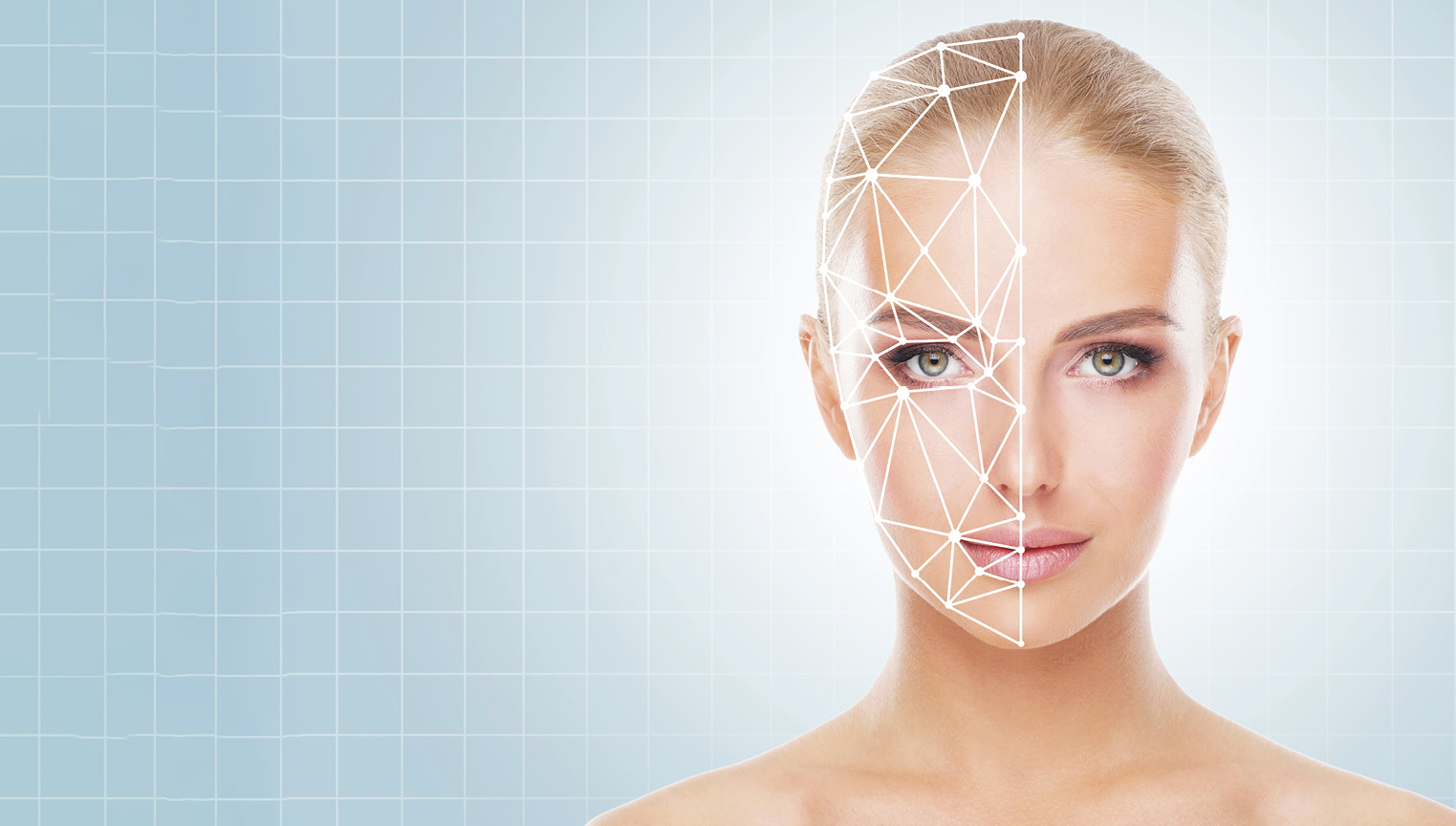
In a post-pandemic context that has further highlighted the structural weaknesses of the European VET system by increasing the perception gaps in terms of accessibility, quality, attractiveness and effectiveness of educational approaches, the CR.E.ATE 4.0 project:
- Intends to strengthen skills, competences and VET resources to effectively address the transition to digital education and learning, enhancing and promoting the use of ICT in order to initiate a continuous improvement process of educational, pedagogical approaches, preparation for the world of work and developing specific skills and methodologies for teachers and operators in particular aimed at a more effective and more consistent use of technological and digital resources to the new needs that emerge both from young people (demand) and from the labor market (supply).
- The project also intends to develop and promote a virtual learning environment, open and participatory, accessible and inclusive, highly motivating and emotionally attractive, able to stimulate and bring out the creativity and talent of young people and to trigger virtuous dynamics of encounter. effective between job supply and demand and strengthen collaboration and cooperation between VET providers, companies and representatives of the world of work and institutions.
The Create 4.0 project represents an evolution of the previous CR.E.ATE project which defined a common didactic model ("Crafts Atelier") based on the measurement of three categories of professional skills (head, hand, heart). Innovation concerns the integration of the digital methodologies of augmented education and digital story-telling to be developed as part of a latest generation Digital Educational Ecosystem characterized by a student-oriented, highly attractive and motivating approach.
 The European Commission support for the production
of this publication does not constitute an endorsement of the contents, which reflects the views only of the authors, and the Commission cannot be held responsible for any use which may be made of the information contained therein. (Project Nº. 2021-1-IT01-KA220-VET-000033022).
The European Commission support for the production
of this publication does not constitute an endorsement of the contents, which reflects the views only of the authors, and the Commission cannot be held responsible for any use which may be made of the information contained therein. (Project Nº. 2021-1-IT01-KA220-VET-000033022).
- Διδάσκων: Agnese Augstkalna
- Διδάσκων: Emilia Feszler
- Διδάσκων: JUANA GARCÍA LLORÉNS
- Διδάσκων: Celso Jiménez
- Διδάσκων: Rafał Kochański
- Διδάσκων: Anete Matvejeva
- Διδάσκων: Elena Ruggeri
- Διδάσκων: Rafael Ruz Muñoz
- Διδάσκων: Sonia Sorci
- Διδάσκων: Mārtiņš Valters

- Διδάσκων: Agata Brodacz
- Διδάσκων: JUANA GARCÍA LLORÉNS
- Διδάσκων: Celso Jiménez
- Διδάσκων: Rafał Kochański
- Διδάσκων: Blanca Palao
- Διδάσκων: Elena Ruggeri
- Διδάσκων: Rafael Ruz Muñoz
- Διδάσκων: Sonia Sorci
- Διδάσκων: JUANA GARCÍA LLORÉNS
- Διδάσκων: Celso Jiménez
- Διδάσκων: Blanca Palao
- Διδάσκων: Elena Ruggeri
- Διδάσκων: Rafael Ruz Muñoz
- Διδάσκων: Sonia Sorci

- Διδάσκων: JUANA GARCÍA LLORÉNS
- Διδάσκων: Cristina Gasparri
- Διδάσκων: Celso Jiménez
- Διδάσκων: Blanca Palao
- Διδάσκων: Elena Ruggeri
- Διδάσκων: Rafael Ruz Muñoz
- Διδάσκων: Sonia Sorci

- Διδάσκων: Elena Ruggeri
- Διδάσκων: Sonia Sorci
- Διδάσκων: Elena Ruggeri
- Διδάσκων: Sonia Sorci